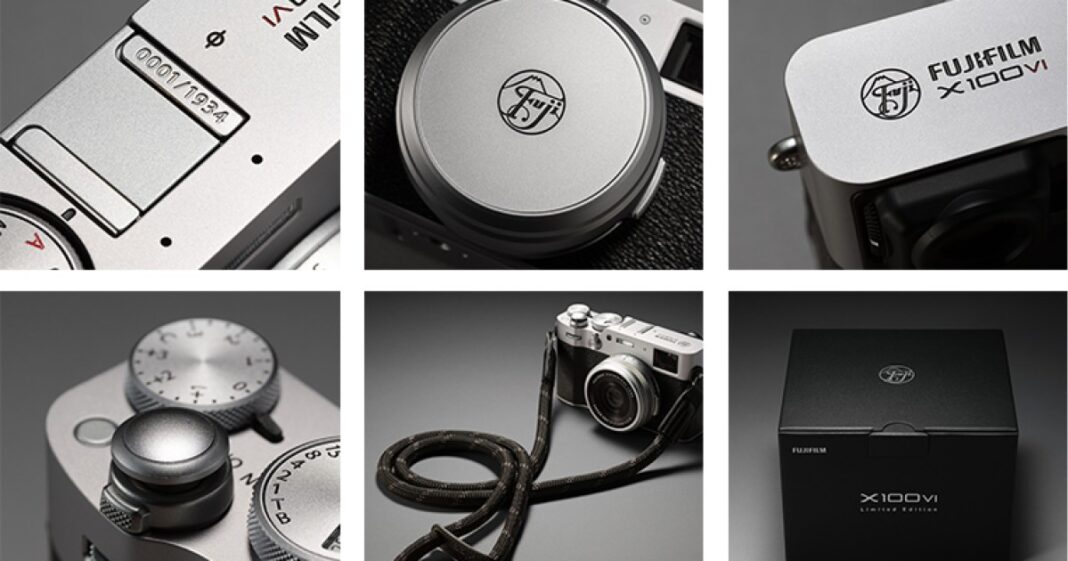Fujifilm’s successor to the wildly popular X100V has just landed.
The X100VI (or “6” … more on the messy naming system later) is the first new X100 camera in four years and the sixth in the series, and for many (especially those who’ve been trying to get hold of the X100V) it can’t come soon enough.
While the body of the new X100VI is pretty much identical to its predecessor (the new model is a tiny bit thicker) and therefore looking as stylish as ever, there are still a few changes for folks to get excited about.
Headline features include a larger 40 megapixel BSI CMOS sensor (also in Fujifilm’s X-H2 and X-T5 cameras), and in-body image stabilization (for the first time) that offers up to six stops of compensation — great for low-light shooting when slower shutter speeds are more likely.
The X100VI supports the HEIF file format for higher bit depth and better compression efficiency than JPEG, and comes with 20 Fujifilm film simulations that now include Reala ACE, which debuted with Fujifilm’s GFX 100 II.
For those who need it, the camera’s video capabilities have been given a boost, too, but honestly, the X100 series has always been about shooting stills, not movies.
The camera, which is now manufactured in China instead of Japan, still retains the excellent 28mm lens (35mm equivalent), the flip-out display that first appeared with the X100V though now with a little more tilt and pull, and the same battery, which is rated to provide 450 shots per charge.
The Fujifilm X100VI starts shipping next month and costs $1,599, marking an increase of $200 over its predecessor.
Those with the X100V probably won’t see enough compelling reasons to upgrade, but those with an older X100, or anyone just looking for a great compact mirrorless camera, will want to take a closer look.
A word about the camera’s nomenclature. It’s a bit muddled, truth be told. The company started with the X100 in 2011 before replacing it with the X100s, with the “s” standing for “second.” Yes, that worked just fine. The next iteration was called the X100T for … that’s right, “third.” Following that was the X100F, for “fourth.” It was when the fifth model arrived that the Fujifilm team had a head-scratching moment. It couldn’t use F twice, so it switched to Roman numerals and named it the X100V. And everyone called it the “V” as in “vee”, not the “5.” And now we have the “X100VI.” No, “vee-eye” doesn’t really roll off the tongue, so Fujifilm is saying “VI” as “6.” It doesn’t really matter, but it’s interesting how companies can sometimes get in a a bit of a tangle when it comes to the naming system of a successful product.
Editors’ Recommendations
Source link









